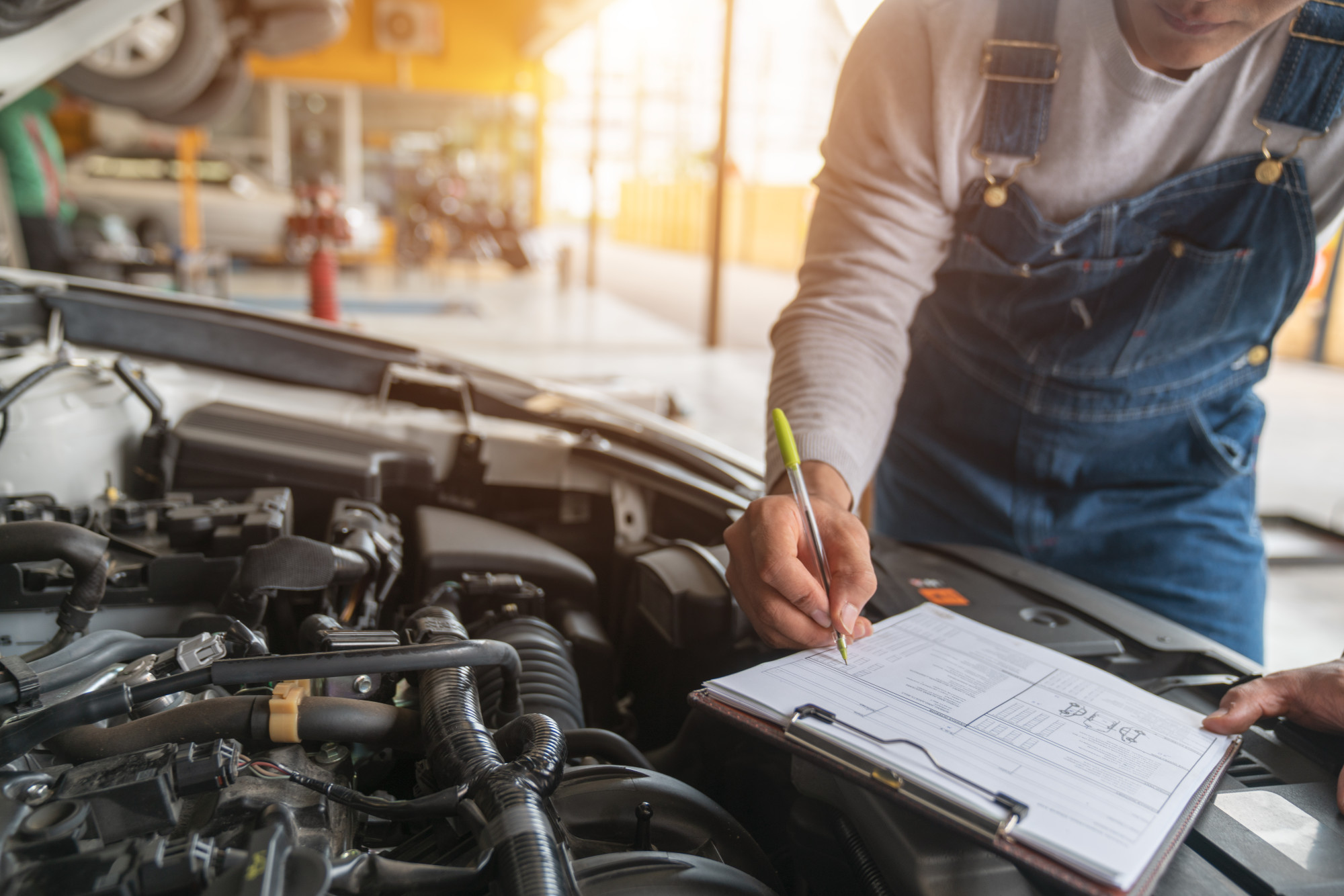On average, car owners pay $33,560 for a new car. That’s a significant investment. If you are like most people, you probably want to make sure it continues running efficiently and safely for as long as possible.
The best way to ensure your vehicle continues to run properly is by scheduling a car tune-up regularly. Learn more about when car maintenance is needed for the various components of a vehicle here.
Also, while you can handle some maintenance on your own, there are other things that the pros need to handle.
Manufacturer’s Recommendations
There are some manufacturers that recommend the 30-60-9 schedule. This means certain parts of the vehicle need to be changed, inspected, or replaced at 30,000, 60,000, and 90,000 miles. However, if you are like most vehicle owners, you may wonder if all the suggested maintenance checkpoints listed in the manual are necessary for the well-being and health of your car.
There are some items, such as the tires, windshield wiper blades, and rubber hoses and gaskets that will wear out at irregular intervals. These specific “consumables” will have to be checked periodically by your mechanic or via your own visual inspection.
Get to know more about specific maintenance for your vehicle here.
Regular Maintenance
One of the most important things you can do to minimize the need for auto repair is to change the oil and filter regularly. That’s because as your engine is running, small bits of carbon, dirt, and metal wind up in the oil, causing excessive wear to the engine.
In the past, non-synthetic oil had a 3,000-mile lifespan. However, most vehicles run on synthetic oil, which can last for 5,000 to 10,000 miles, depending on the type used.
Important Maintenance to Get Before 30,000 Miles
There are several parts of the vehicle that need to be inspected every 30,000 miles.
These include:
The Air Filter
If the air filter is clogged, it makes it difficult for the engine to breathe. This can have a significant impact on performance.
A good rule of thumb to follow is to change the air filter every 15,000 to 30,000 miles. If you park or drive in a dusty environment, it’s best to change the filter closer to the 15,000-mile mark.
The Fuel Filter
If your fuel filter is clogged, the engine will begin running rough, or it won’t run at all. Recommendations on fuel filters from manufacturers vary significantly, but it’s smart to replace the filter every 30,000 miles. It’s best to talk to your mechanic and ask them to conduct a pressure test to determine if your fuel filter needs changing.
Important Maintenance to Get Before 60,000 Miles
Once your car reaches 60,000 miles, there are several other components of the vehicle that need attention.
These include:
The Battery
Age of the vehicle, extreme temperatures, or long periods of non-use can affect your vehicle’s battery. Remember, batteries are pro-rated and warrantied by time, not by mileage. They are designed to wear out, eventually.
Most batteries last for four to five years. This makes batteries have an average lifespan of 50,000 to 60,000 miles.
Brake Fluid
A hydraulic system engages your vehicle’s brakes. However, if water gets in the fluid in the system, it reduces the boiling point, which can cause it to turn to gas. Gas is compressible.
If this happens, a “squishy” brake pedal may occur. To ensure your brakes work properly, bleed the system of fluid, and replace it with new fluid according to the instructions in your manual. Most manufacturers recommend this service between the 20,000 and 45,000-mile marks.
The Transmission Fluid
If transmission fluids are low, this can cause shifting issues and burn up the transmission. Monitor the fluid level regularly instead of adhering to a certain mile marker.
The healthy fluid will be pink and smell somewhat sweet. Bad transmission fluid is darker red or brown and often smells burnt.
The Coolant
A mix of antifreeze and water moves through your radiator to cool the car’s engine and internal components. If excessive coolant is lost, the engine may overheat, causing severe damage to the vehicle’s internal components.
You should plan to replace the coolant the 60,000-mile mark. It’s important to request that the mechanic flushes, the cooling system, too.
The Brake Rotors
The brakes work by squeezing the brake pads against the rotors, which are metal discs, to slow the vehicle down. Rotors experience a lot of friction and heat and may become warped.
You can replace the rotors or opt to have the surface ground down. This makes the rotors smooth once again. Re-surfacing the rotors is more affordable but can only be done once.
The Brake Shoes/Pads
Brake shoes and pads are designed to wear out. You will notice this is a problem when you hear a screeching noise. It’s a good idea to have your mechanic check them during a tune-up to know when replacement is needed.
Is it Time for You to Schedule a Car Tune-Up?
Knowing when you need a car tune-up can help ensure your vehicle continues operating efficiently and properly. Don’t ignore the signs it is time to call the mechanic, as it will impact the investment you have made negatively.
Remember, when you invest in regular maintenance, it will also save you money and help you avoid bigger and more expensive repairs.
If you are interested in learning more about vehicles, repairs, maintenance, and more, be sure to read our blog. We offer information on virtually any and all car-related topics, ensuring you are informed regardless of what you drive.

